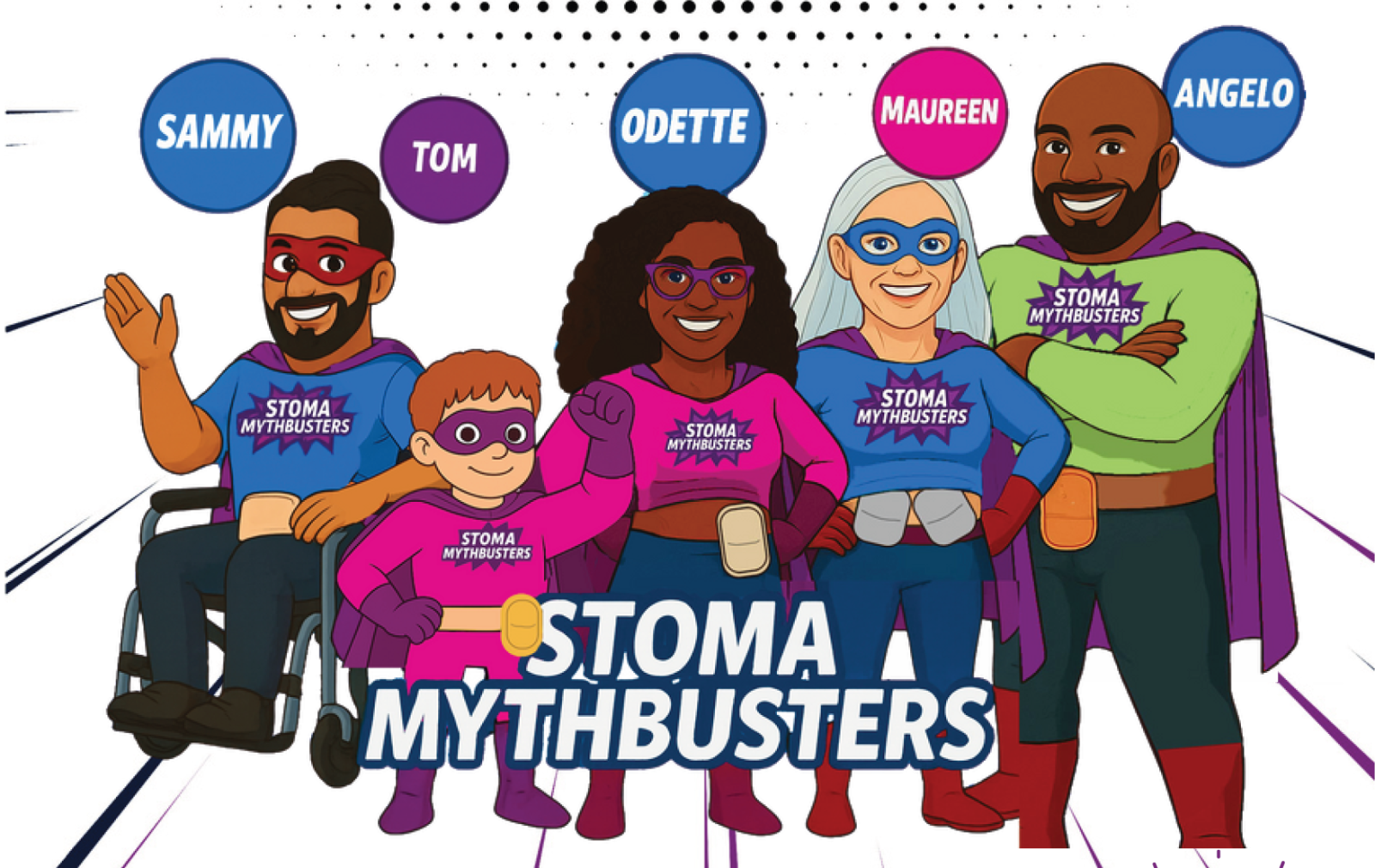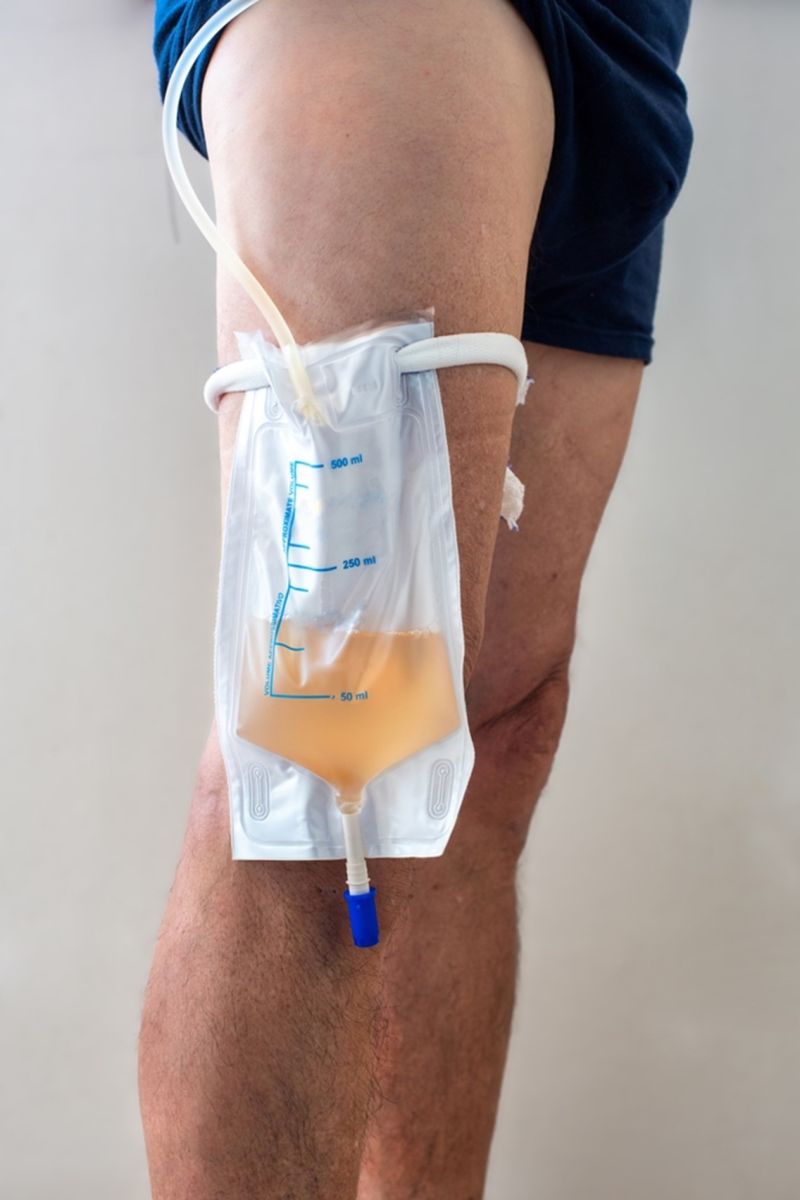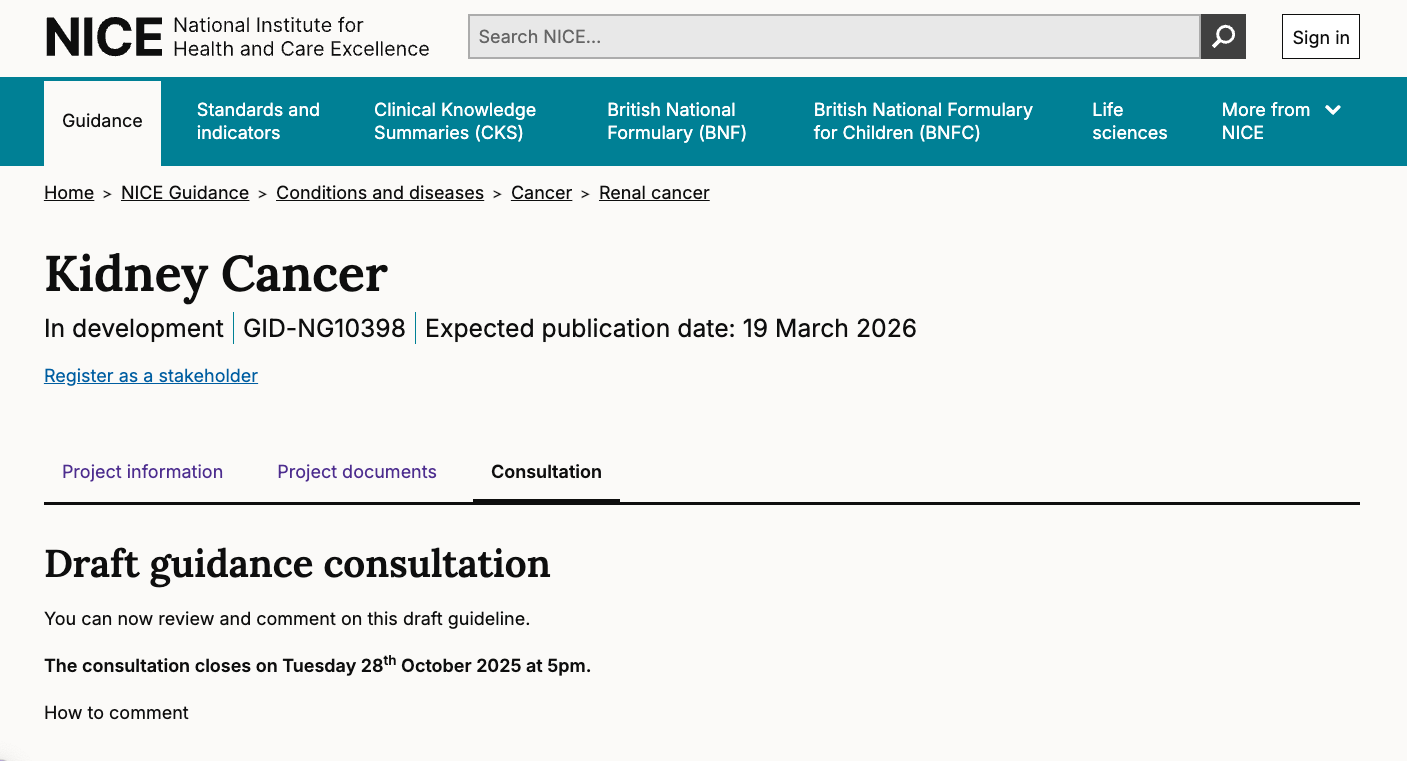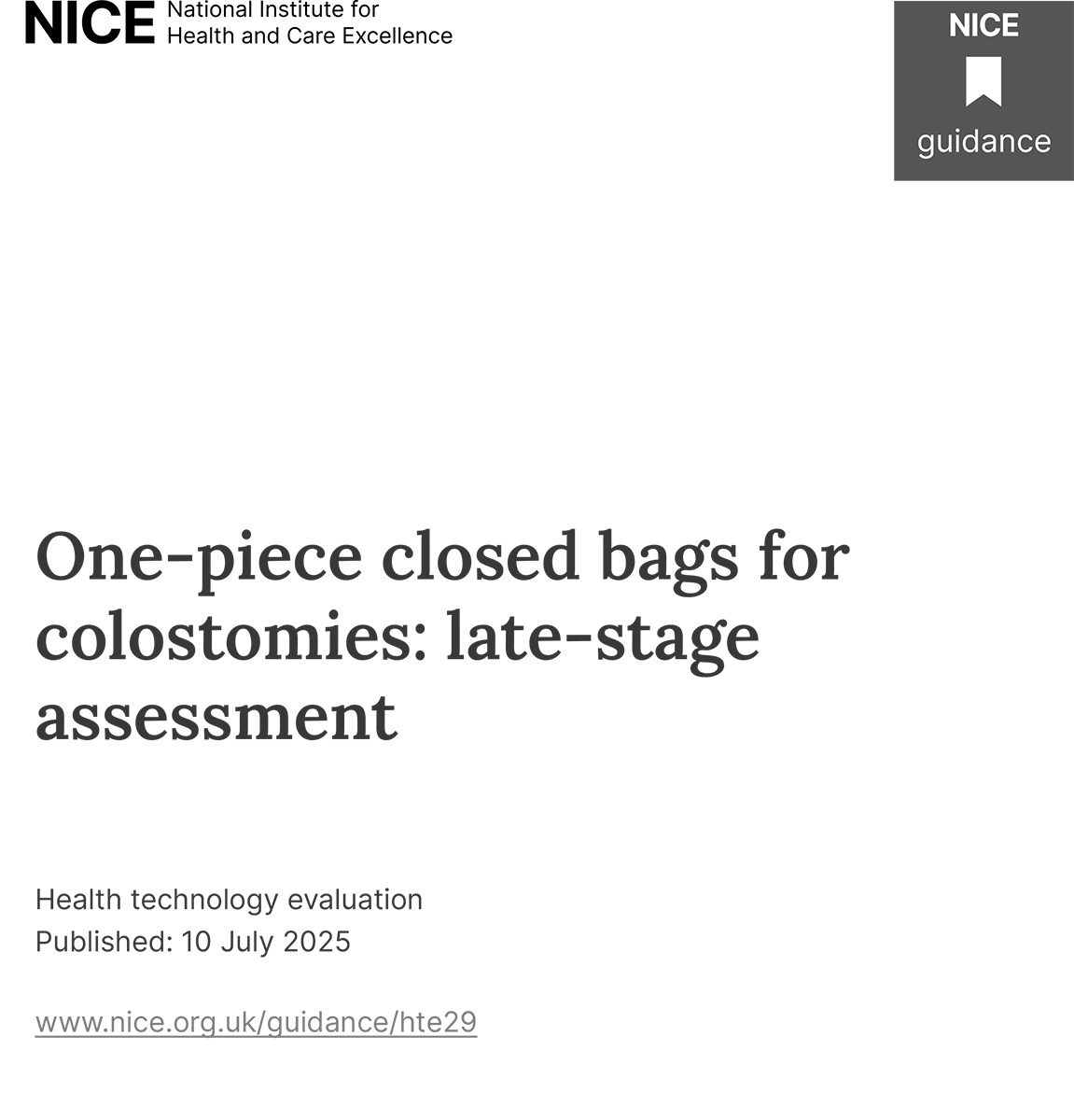Resources
03 October 2025
A number of areas of the National Institute for Health and Care Excellence (NICE) Clinical Knowledge Summary on Prostate Cancer have been updated in light of new research. Make sure you know what the latest recommendations mean for your patients.
01 October 2025
By: Ross Othen-Reeves
With Stoma Awareness Day happening on 4 October, Ross Othen-Reeves highlights the work that Colostomy UK is doing and introduces their new Stoma MythBusters campaign.
With Stoma Awareness Day happening on 4 October, Ross Othen-Reeves highlights the work that Colostomy UK is doing and introduces their new Stoma MythBusters campaign.
29 September 2025
By Laura Noble, Bladder Cancer Clinical Nurse Specialist, Department of Urology, Freeman Hospital, Newcastle
Bladder cancer affects over 20 000 people each year in the UK. This article outlines changes made to the bladder cancer pathway to ensure patients are diagnosed and receive treatment as soon as possible, and the impact this has had on speeding up the process and freeing up nursing time.
Bladder cancer affects over 20 000 people each year in the UK. This article outlines changes made to the bladder cancer pathway to ensure patients are diagnosed and receive treatment as soon as possible, and the impact this has had on speeding up the process and freeing up nursing time.
26 September 2025
Indwelling urinary catheters are commonly inserted in hospital and an estimated 90 000 people living in the community have indwelling urinary catheters. One complication of urethral catheterisation is meatal pressure injury, also known as iatrogenic hypospadias. Both men and women can suffer a meatal pressure injury, but this article examines why these develop in men and how to prevent, recognise and manage these injuries.
Key words
Urethral catheters, meatal pressure injuries, iatrogenic hypospadias
26 September 2025
You have until 28 October to comment on the draft NICE (National Institute for Health and Care Excellence) guidance for the diagnosis and management of renal cell carcinoma in adults. The guideline aims to improve care by helping healthcare professionals offer people the right treatments and support, taking into account the person’s individual preferences.
19 September 2025
Benign prostatic hyperplasia (BPH) is thought to affect over 3.2 million older men, yet only 400 000 are treated for this condition (UK Parliament, 2009). Some men may experience mild symptoms that they are able to manage while others may be too embarrassed to seek treatment or be unaware that there are treatment options (Emberton et al, 2008).
This article, one of a two-part series, outlines why BPH develops, how men can reduce their risk of developing BPH and discusses the non-invasive treatment options available. The second article, which discusses the minimally invasive and invasive surgical options for treating BPH, can be found here.
This article, one of a two-part series, outlines why BPH develops, how men can reduce their risk of developing BPH and discusses the non-invasive treatment options available. The second article, which discusses the minimally invasive and invasive surgical options for treating BPH, can be found here.
10 September 2025
The Medicines and Healthcare products Regulatory Agency (MHRA) has approved gepotidacin (Blujepa), a new kind of oral antibiotic pill to treat uncomplicated urinary tract infections (UTIs) in females aged 12 years and older, weighing at least 40 kg.
28 August 2025
Author: Debbie Gordon, Head of Commercial Services & Education, ERIC
It’s Urology Awareness Month in September and the theme this year is ‘time to act’. ERIC, The Children’s Bowel & Bladder Charity, has been doing just that, undertaking an extensive content project to make continence advice more accessible to families who really need it – but we need more support.
It’s Urology Awareness Month in September and the theme this year is ‘time to act’. ERIC, The Children’s Bowel & Bladder Charity, has been doing just that, undertaking an extensive content project to make continence advice more accessible to families who really need it – but we need more support.
13 August 2025
Author: June Rogers MBE, Independent Children's Bladder and Bowel Practitioner
The human gastrointestinal tract contains the body’s largest community of microbes, comprising trillions of microorganisms collectively referred to as the gut microbiota. Disruption or imbalance in the gut microbiota may result in dysbiosis or leaky gut syndrome. Dysbiosis has been linked to a range of diseases in both children and adults, including autism spectrum disorder, attention deficit hyperactivity disorder, asthma, and various allergies.
The human gastrointestinal tract contains the body’s largest community of microbes, comprising trillions of microorganisms collectively referred to as the gut microbiota. Disruption or imbalance in the gut microbiota may result in dysbiosis or leaky gut syndrome. Dysbiosis has been linked to a range of diseases in both children and adults, including autism spectrum disorder, attention deficit hyperactivity disorder, asthma, and various allergies.
30 July 2025
One-piece closed bags for colostomies: late-stage assessment, the latest health technology evaluation from NICE (National Institute for Health and Care Excellence), was published earlier this month.






.jpg)



